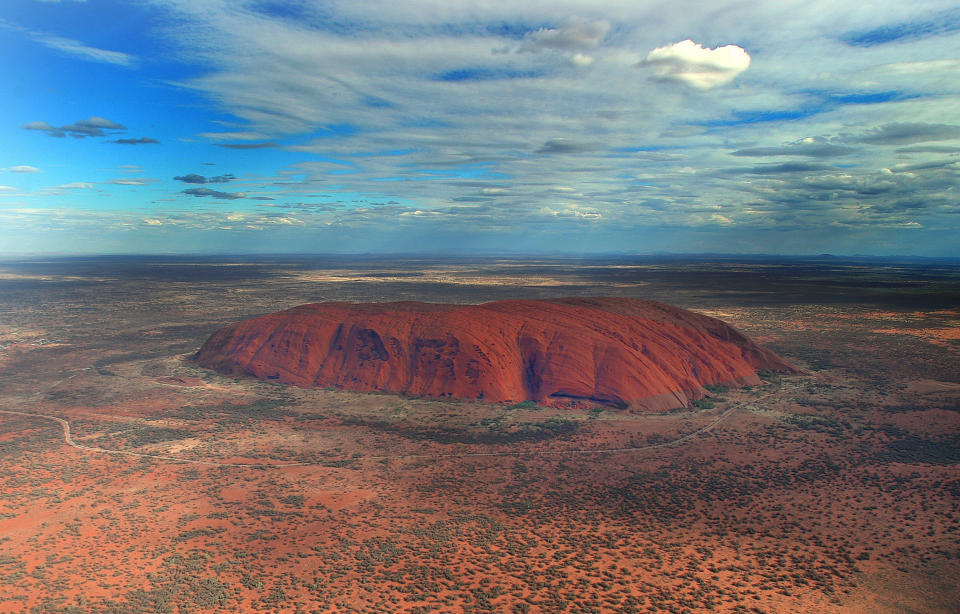Sightseeing 'lights to nowhere' criticized by environmental campaigners
Climate campaigners have criticized airlines for launching sightseeing "flights to nowhere" — that take off and land at the same airport — in response to travel restrictions imposed during the coronavirus pandemic.
Australian flag-carrier Qantas was the latest to announce such a flight.
Using a Boeing 787 jet — primarily used for long-haul flights — passengers will board in Sydney before they are flown at low altitude over Uluru, the Great Barrier Reef and Sydney Harbor. The flight will then return to the same airport. Tickets were advertised between A$787 and A$3,787 ($575 and $2,765).
"It’s probably the fastest selling flight in Qantas history,” a Qantas spokesperson told Reuters. “People clearly miss travel and the experience of flying. If the demand is there, we’ll definitely look at doing more of these scenic flights while we all wait for borders to open.”
Taiwan's EVA also used one of its iconic Hello Kitty livery planes for a special father's day flight last month, while ANA used an Airbus A380 that usually flies to Honolulu for a 90-minute flight with a Hawaiian experience on board.

The flights were criticized by Mark Carter, a campaigner from Flight Free Australia, a group that asks people to commit to not flying for a whole year.
"Our home is on fire," he said, adding that passengers would be "helping to destroy the Great Barrier Reef they view from their windows."
The fragile reef suffered major bleaching earlier this year — the third such event in five years — due to heat stress from warmer oceans. Australia also recently suffered a devastating wildfire season.
Although aviation accounts for about 2 percent of global emissions, it's a rapidly growing share and one that is spread unevenly among a small number of wealthier frequent fliers.
Just one round trip long haul flight between New York and Paris emits roughly the same carbon per person as the average European uses to heat their home for a whole year, according to the European Commission.
Qantas, for its part, said it plans to offset the emissions from the sightseeing flight but environmentalists say this does nothing to prevent the actual carbon emissions from entering the atmosphere.
But Anna Hughes, Director of Flight Free's U.K. campaign, said there was "no substitute for leaving fossil fuels in the ground."
"The dangerous thing about offsetting is it leads us to believe we can fly carbon-neutral," she said.
"The best way to reduce greenhouse gas emissions remains the simplest one: not emit them in the first place," she added.
Reuters contributed to this report.

